
Light Needs

Mature Height

Mature Spread

Growing Zones
Looking for a unique fruit with a tropical taste? Asimina triloba, the pawpaw tree, is the perfect plant for you! This tree produces the largest edible fruit native to North America, and is the only member of the tropical custard-apple family native to a temperate region. Big, oblong fruit is produced in late summer through fall upon attractive, conical-shaped trees. This Eastern North American native boasts dark maroon flowers in spring that are pollinated by flies. Large green leaves turn to an electric golden yellow come fall. This is truly a multi-purpose tree with beauty and flavor to offer throughout the year!
Growing at 20-25 feet tall, the pawpaw tree is well-suited to a variety of landscape purposes. It makes a fine structural focus point in borders, and can be used as an understory tree in woodland gardens. This tree provides valuable wildlife support, as it is the host plant for zebra swallowtail butterflies and a favorite for birds to nest in. The delicious fruit is produced after several years, often falling to the ground when ripe. Green fruit will turn yellow-brown, soften, and bruise easily once it has reached optimal ripeness. The flavor is comparable to sweet bananas and mangoes, with a delectable custard texture. It is a great source of antioxidants, and can be enjoyed raw or as a replacement for bananas in any baking recipe.
Pawpaw Tree Care
Plant Pawpaw in a sheltered location, as it is prone to breakage from high winds. Pawpaws produce best in full sun, but partial shade will still result in good growth and a fruit crop. Planting under more shade will result in a more shrub-like habit. Pawpaws prefer well-drained soil with a slightly acidic pH. Slow-release fertilizer can be applied every spring. Water weekly to aid in fruit development, or more if rainfall is infrequent. Prolonged dryness may result in premature fruit drop.
Pruning pawpaw trees helps to increase fruit yields. Prune in late winter or early spring, before bud break. Remove all dead or damaged branches, and maintain a distance of about 12 inches between all branches. For a more upright, standard form, prune out the lower branches.
Pawpaw Tree Spacing
More than one pawpaw plant is required for fruit production. Pawpaw trees should be planted with other pawpaw trees, with about 15-30 feet of spacing for adequate cross-pollination and fruiting.
Pawpaw Tree Information
| USDA Hardiness Zones: 5 - 8 |
| Plant Type: Trees |
| Light Exposure: Full Shade to Full Sun (Can Grow In Most Sunlight Conditions) |
| Mature Height: 20 - 25 Feet |
| Mature Spread: 20 - 25 Feet |
| Spacing: 15 - 30 Feet |
| Habit: Upright |
| Flower Color(s): Purple |
| Flower Description: Deep Brownish-Purple |
| Bloom Period: April To May |
| Foliage Type: Deciduous |
| Foliage Color(s): Green |
| Foliage Description: |
| Seasonal Interest: Spring Flowering |
| Watering: Average |
| Resists: Deer |
| Tolerates: N/A |
| Attracts: Birds, Butterflies |
| Container Role: |
| Uses: Edging, Specimen or Focal Point, Wildlife Gardens |
| Features: Attracts Pollinators, Low Maintenance, Native to North America |
| Brand: American Beauties Native Plants |
| Common Name: Pawpaw Tree |
| Other Name(s): Pawpaw |
| Scientific Name: Asimina triloba (Paw Paw) |
Please Note: The pictures below are to give a general representation of the different container sizes. The actual size/ages of plants are estimates and will vary based on type of plant, time of year, last pruning & many other factors.
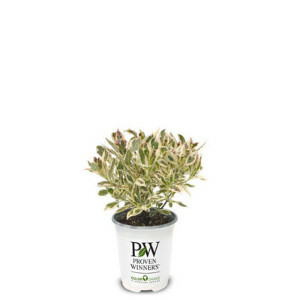
Also Known As:
Quart
Plant Age:
~ 6 months - 1 year
Plant Size:
~ 4"-8"
Pot Size:
~ 4.75"H x 4.5"W
Volume:
1.50 quarts
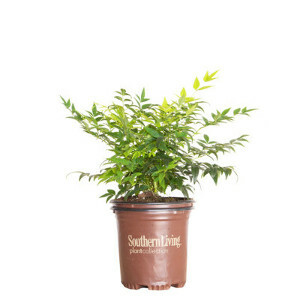
Also Known As:
2.5 Quart Pot
Plant Age:
~ 1 - 2 years old
Plant Size:
~ 8"-12"
Pot Size:
~ 6.5"H x 6.5"W
Volume:
2.20-2.30 quarts
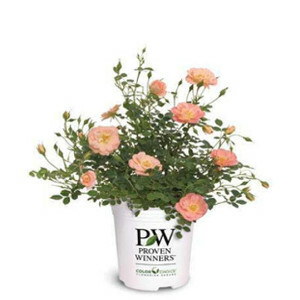
Also Known As:
#1 Container
1 Gallon
Plant Age:
~ 1 - 2 years old
Plant Size:
~ 10"-14"
Pot Size:
~ 7"H x 7.75"W
Volume:
2.26-3.73 quarts
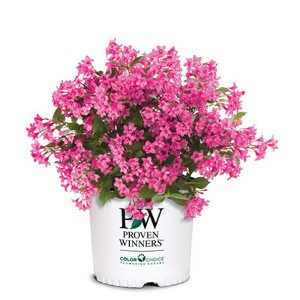
Also Known As:
#2 Container
2 Gallon
Plant Age:
~ 1.5 - 3 years old
Plant Size:
~ 12"-18"
Pot Size:
~ 9.5"H x 9.5"W
Volume:
1.19-1.76 gallons
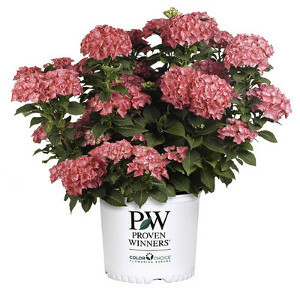
Also Known As:
#3 Container
3 Gallon
Plant Age:
~ 2 - 4 years old
Plant Size:
~ 12"-30"
Pot Size:
~9.5"H x 11"W
Volume:
2.32-2.76 gallons

Also Known As:
#5 Container
5 Gallon
Plant Age:
~3-4 years old
Plant Size:
~ 20" - 60"
Pot Size:
~11" H x 10 1/2” W
Volume:
3.5 - 4 gallons

We stand behind our plants with industry-leading guarantees to give you peace of mind.
We want your plants to arrive in great condition! If you notice any issues upon delivery, contact us within 3 days.
Starting January 1, 2026 all bushes, perennials & trees purchased come with an extended 1-year warranty for added confidence. If your plant dies due to a health issue within a year, we’ll make it right.

Pre-ordered plants are scheduled to ship in Spring 2026. We carefully plan our shipping dates based on your USDA Plant Hardiness Zone to ensure optimal planting conditions upon arrival. Want it sooner/later? Reach out, and we'll try our best to accommodate.
Estimated ship week for pre-ordered plants will ship based on growing zones as shown below.
| Growing Zone | Estimated Ship Week |
|---|---|
| Zone 10 | March 30th |
| Zone 9 | March 30th |
| Zone 8 | April 6th |
| Zone 7 | April 13th |
| Zone 6b | April 20st |
| Zone 6a | April 27th |
| Zone 5b | May 4th |
| Zone 5a | May 11th |
| Zone 4 | May 18th |
| Zone 3 | May 25th |
Note: These are only estimated ship dates. Plants may ship out later depending on weather & growing conditions of the plant.
Note: Only plants indicated as pre-order will ship as shown above. All other plants and hard goods will ship as normal.
Plants that are currently in stock typically ship within 2-7 business days after your order is placed.
Plant Addicts ships to the lower 48 states within the U.S. Unfortunately, we do not currently ship to Alaska, Hawaii, or internationally.
This plant cannot be shipped to the following states: AK, HI. These restrictions apply only to this specific plant due to agricultural regulations or other limitations. Other plants may still be available for shipping to these states.
If you have any questions about shipping restrictions, feel free to reach out to our team!

